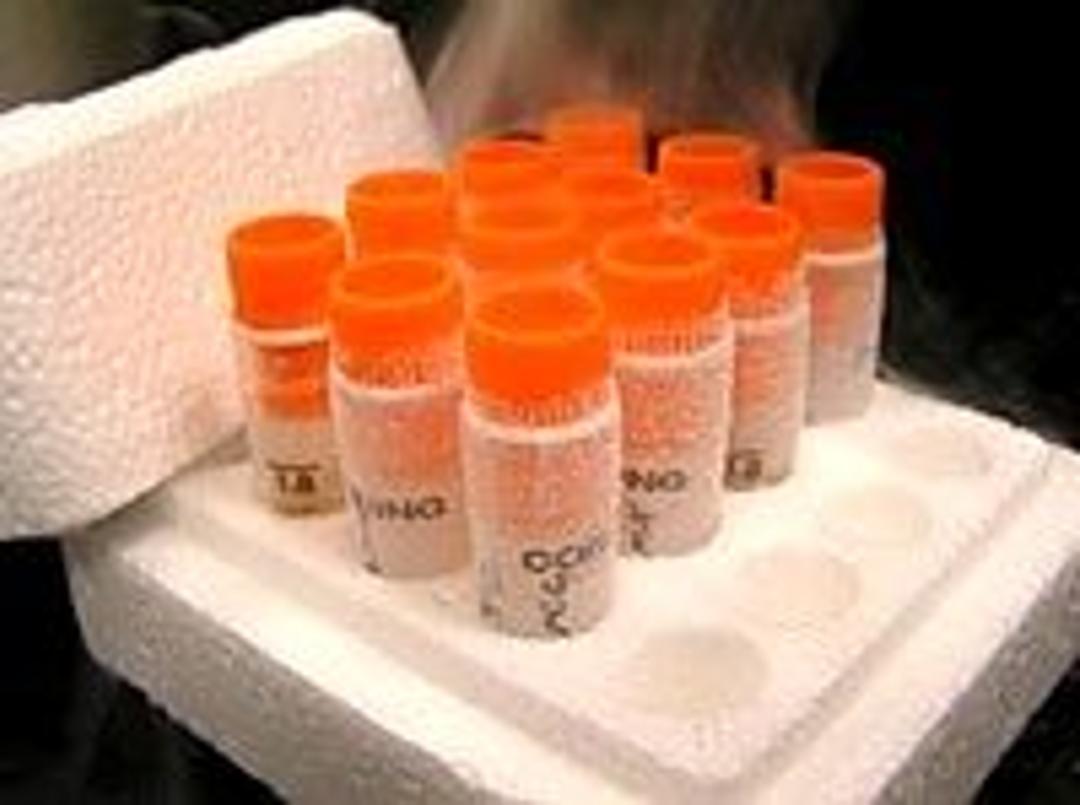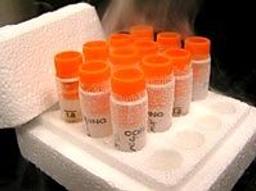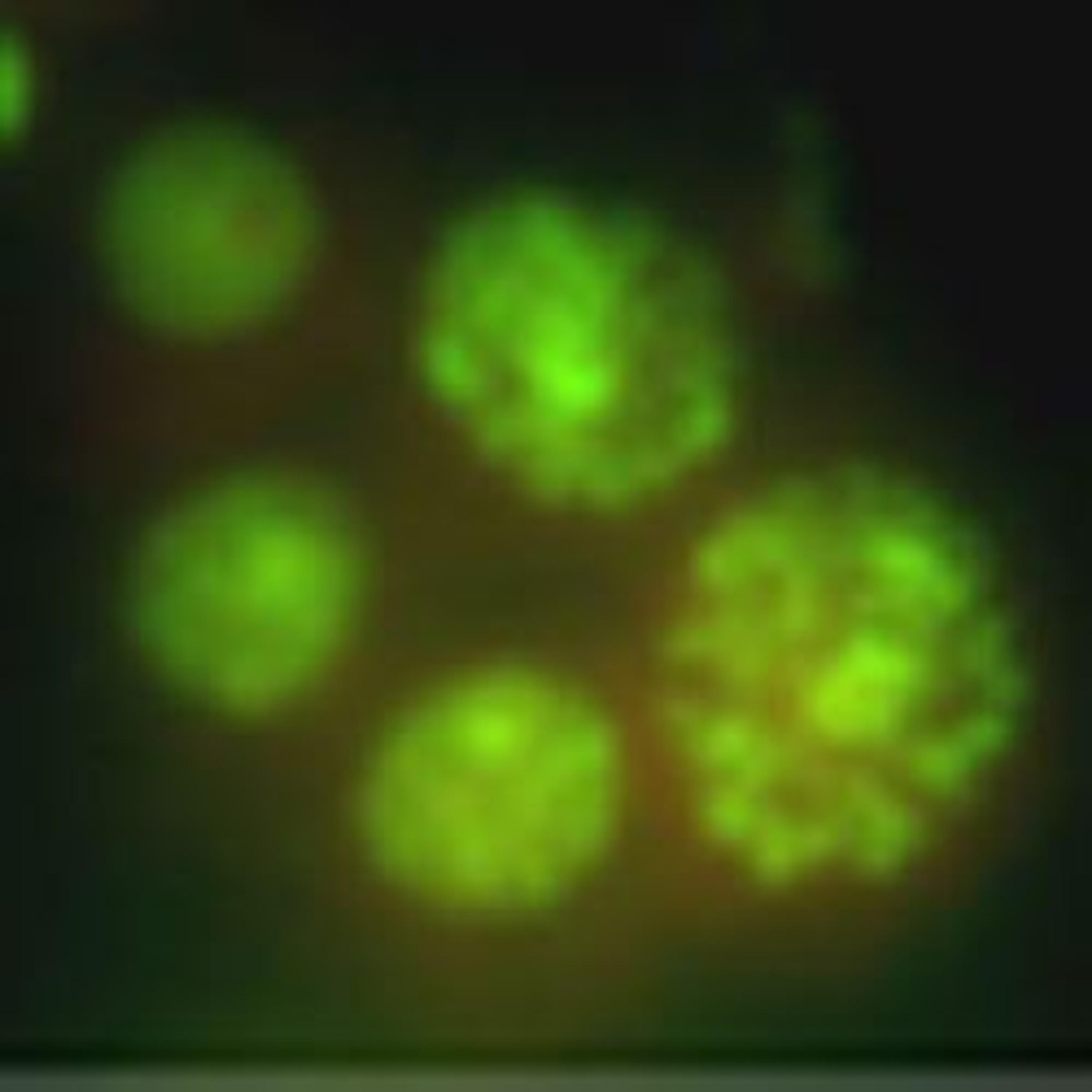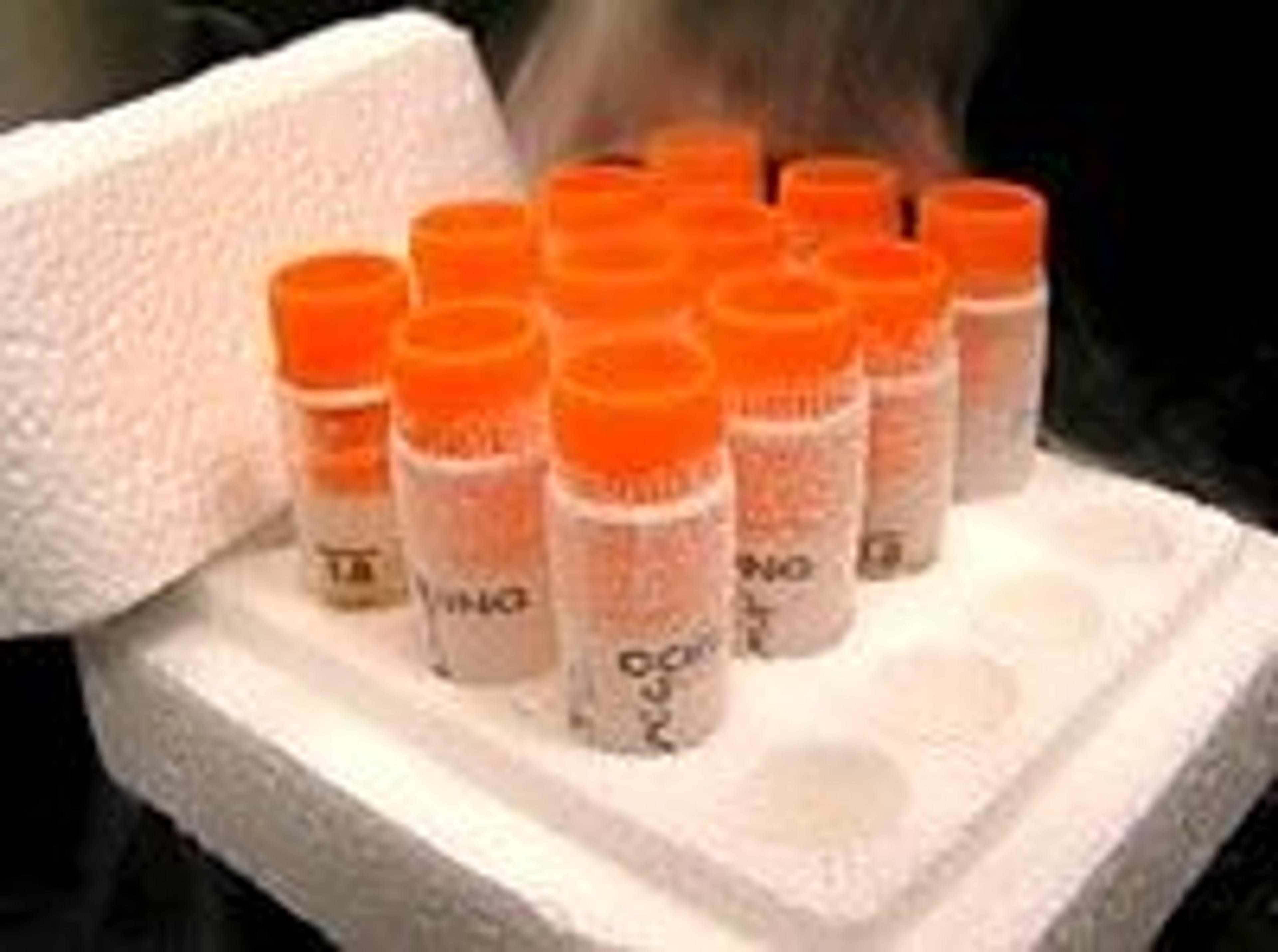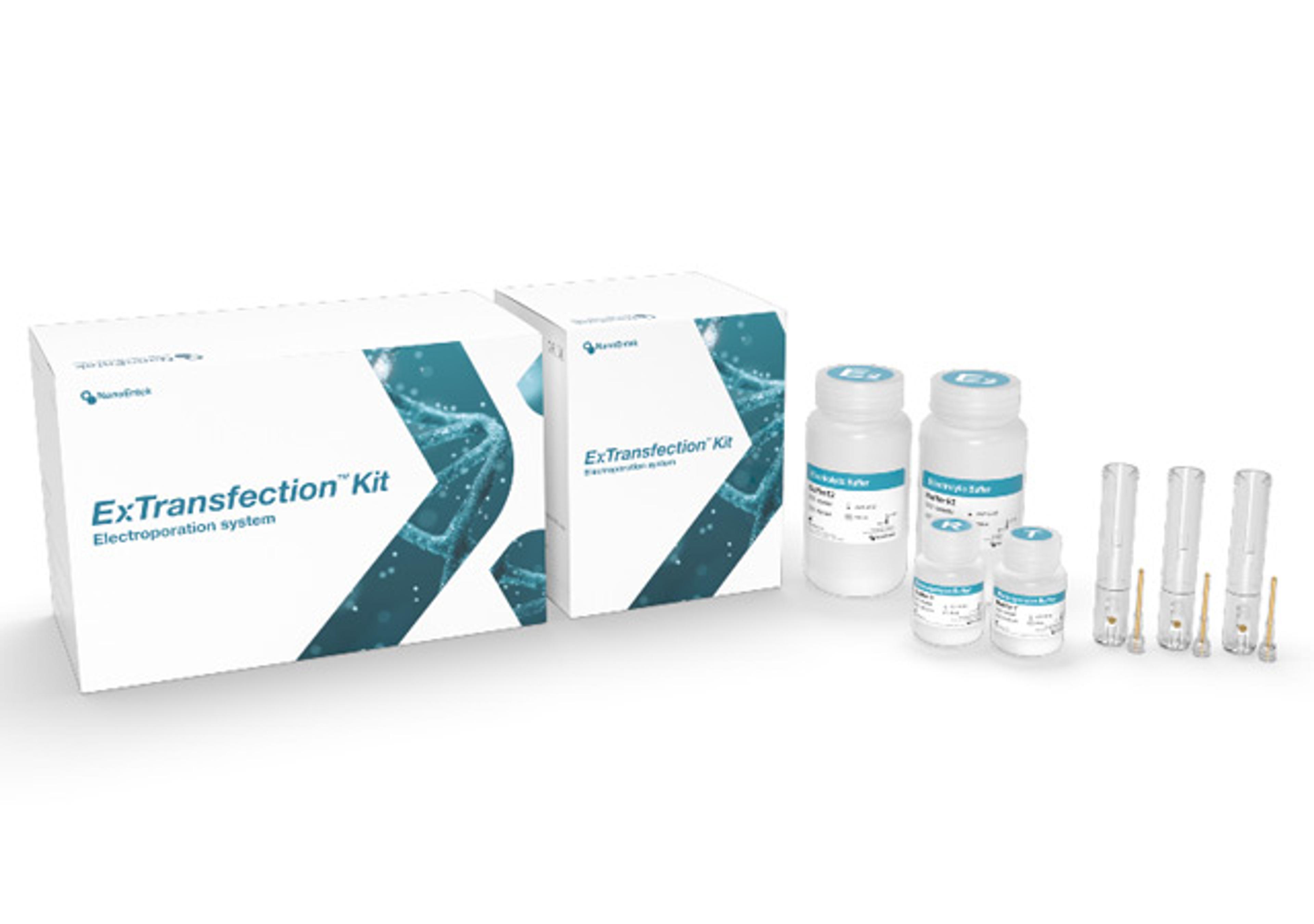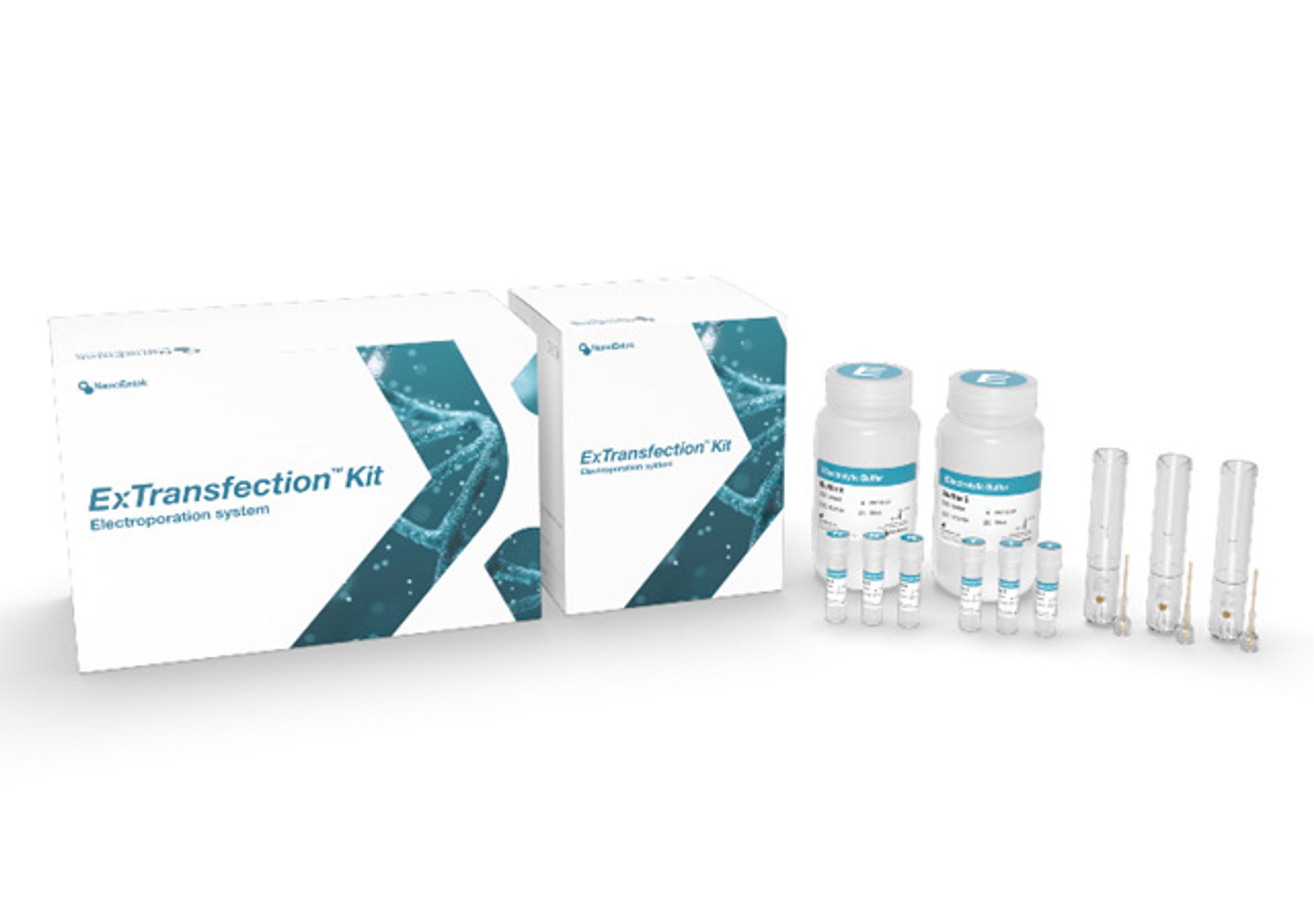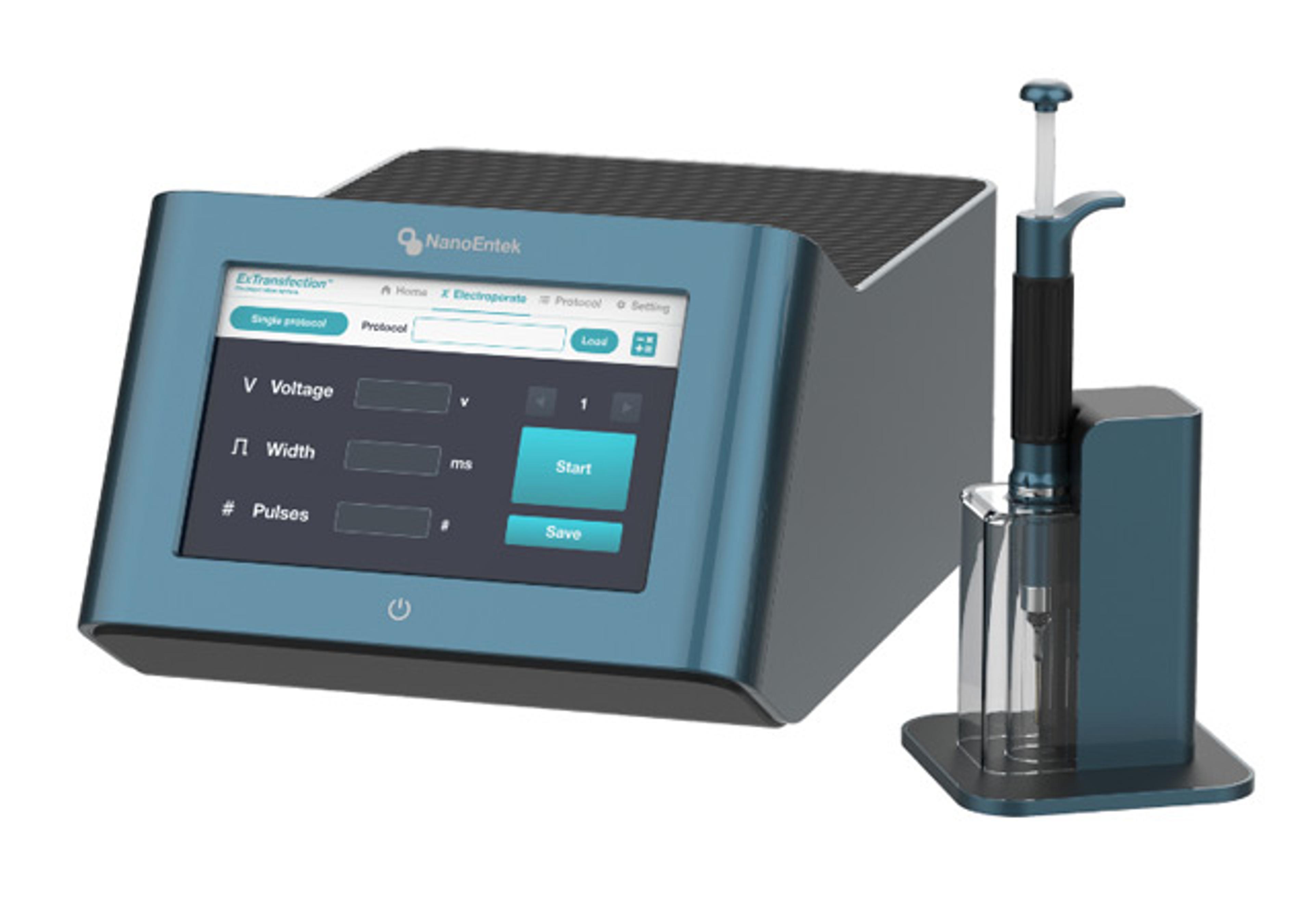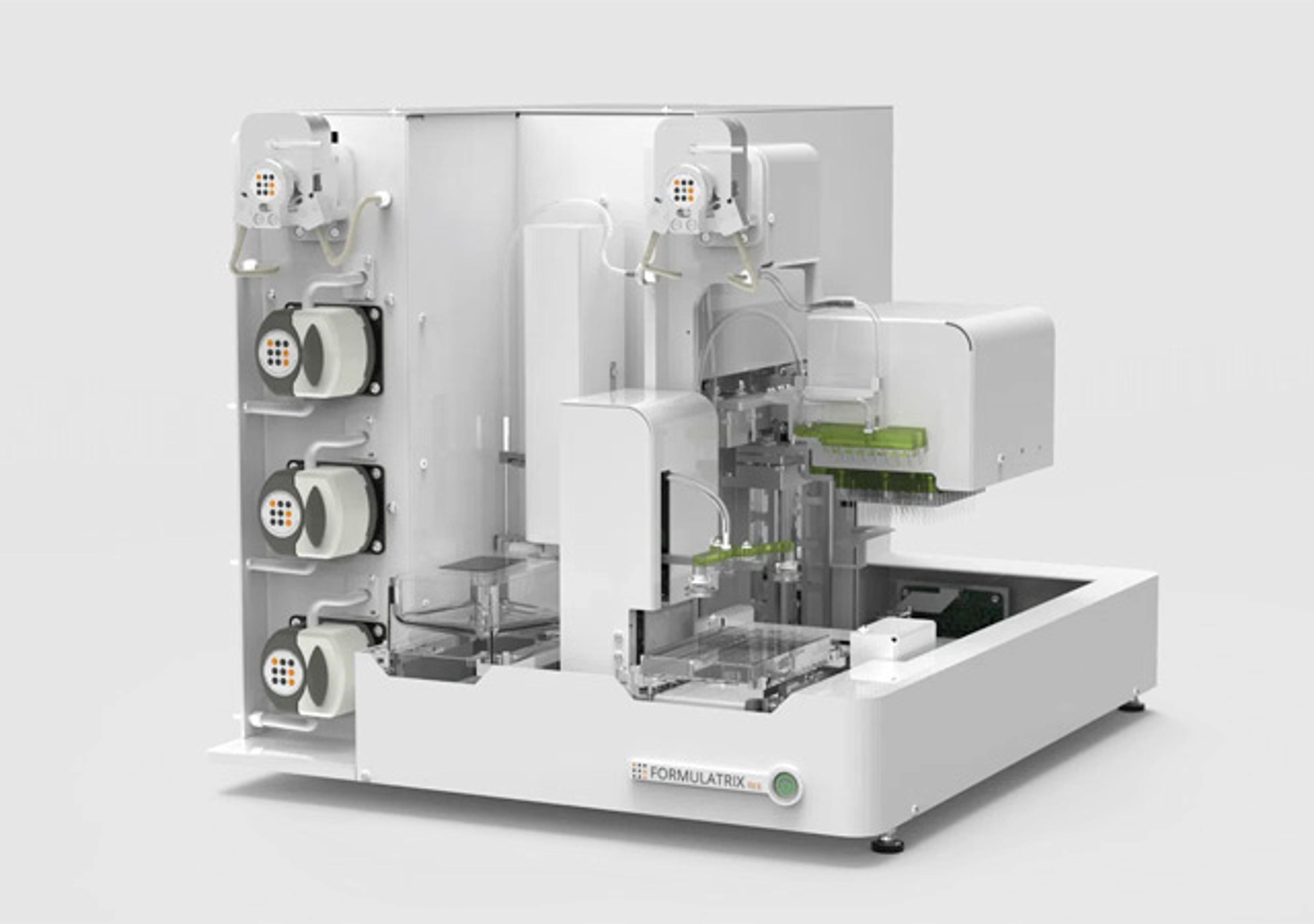GreenScreen HC - S9 (Human Cells) and Metabolic Activation
In 2008 Gentronix launches a new S9 protocol to extend the application of the GreenScreen HC assay to include the detection of genotoxic metabolites. Many pharmaceuticals only present a genotoxicity hazard after metabolism and such chemicals are called pro-mutagens or pro-genotoxins. Generally, although not exclusively, the liver is considered responsible for the “metabolic activation” (MA) of promutagens. However, none of t…

The supplier does not provide quotations for this product through SelectScience. You can search for similar products in our Product Directory.
In 2008 Gentronix launches a new S9 protocol to extend the application of the GreenScreen HC assay to include the detection of genotoxic metabolites.
Many pharmaceuticals only present a genotoxicity hazard after metabolism and such chemicals are called pro-mutagens or pro-genotoxins. Generally, although not exclusively, the liver is considered responsible for the “metabolic activation” (MA) of promutagens. However, none of the in vitro genotoxicity test systems currently available has the inherent metabolic activity of the liver. In order to gain an early insight into MA effects prior to animal studies, in vitro tests are carried out in the presence of commercially prepared metabolic activation systems, such as the post-mitochondrial supernatant S9 (usually of rodent origin). The spectrum of potential metabolic conversions varies between S9 source species, and is greatly influenced by chemical pre-treatment regimes for enzyme induction. Metabolic activation in vitro also varies according to the concentration of S9 used, incubation time with the test chemical and the presence of other enzyme co-factors in the S9 mix.

